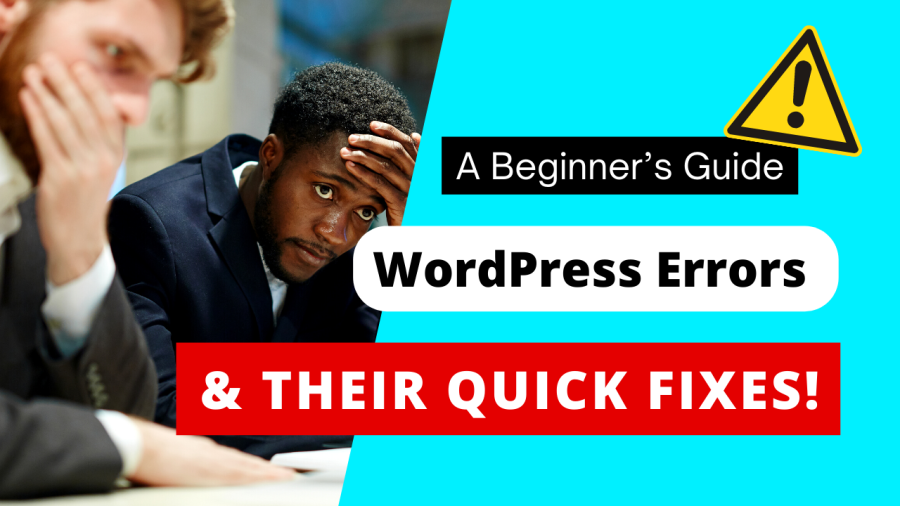WordPress is a powerful and versatile platform, but like any software, it can sometimes encounter issues. Whether you are a beginner or an experienced developer, facing WordPress errors can be frustrating.
These problems can be caused by a variety of issues. Such as, plugin or theme conflicts, server or database issues, coding errors, etc.
In this article, we will explore 20 common WordPress errors and provide quick fixes to help you get your site back on track.
20 Most Common WordPress Errors & Their Quick Fixes!
Identifying the fault is the first step toward correcting the problem. WordPress errors are usually accompanied with error messages or codes. The message will explain the nature of the error. Some common WordPress errors and their solutions include:
1. Internal Server Error
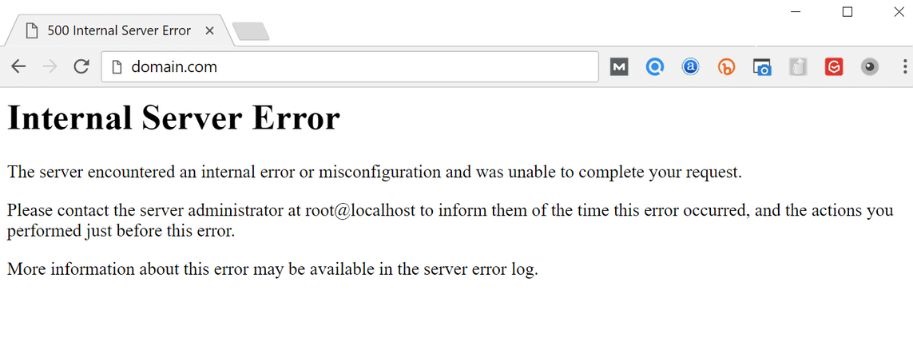
An “Internal Server Error” is a typical problem that happens on web servers that host websites. This error message indicates that something went wrong on the server.
The problem is, the server is unable to pinpoint the exact issue. Instead, it displays a generic error notice with error code 500. This can be inconvenient for both website visitors and website owners.
HTTP 500 Internal Server error can occur due to:
- Conflicting plugins
- Problems with the theme
- htaccess file corruption
- Memory problems
Fixes
The following are some measures you can take to resolve an Internal Server Error:
- Examine the error logs.
- Deactivate all installed plugins. Many suggest renaming the plugins folder in your WordPress directory. But it can cause other complications. You can employ a plugin such as WP Disable.
- If you suspect the theme is generating the error, try switching to a default WordPress theme.
- Renaming the .htaccess file can often resolve the error. You can do this by renaming the file or deleting it with an FTP client.
- Try increasing the memory limit if you suspect this is the reason behind the error. Do it by inserting a code snippet into your wp-config.php file.
2. Syntax Error

A “WordPress Syntax Error” happens when there is an error in the syntax or structure of your WordPress website’s code. The error message typically includes information about the specific syntax problem. It also mentions the line number on which it happened.
This mistake can be caused by:
- Wrong bracket placement,
- Missing semicolons,
- Wrong function names.
Fixes
Here are some steps to correct a WordPress syntax error:
- Thoroughly inspect the code that created the error. Look for missing brackets, incorrect semicolons, and misspelled function names in the code.
- Utilize a code editor. Code editors frequently contain tools to assist you in detecting and correcting syntax problems.
- Restore a backup, if you recently changed your WordPress code.
- Deactivate plugins and themes. Because conflicts between plugins or themes might cause syntax errors.
3. White Screen of Death

As the name indicates, users receive a blank white screen instead of the intended site. There is no error notice, giving the appearance of the website not working properly.
There are several reasons why the White Screen of Death may occur, including:
- Plugin conflicts.
- Theme issues.
- Website running low on memory
- Website receiving a high amount of traffic
- Too many plugins installed.
Fixes
Here are some steps you can take to fix the White Screen of Death error:
- Disable all plugins by using a plugin like WP Disable or manually.
- Switch to a default WordPress theme like Twenty Twenty-One to see if the issue is resolved.
- Increase memory limit.
- Check WordPress logs errors that occur on a website to determine the cause of the White Screen of Death. You can access the logs by logging into your hosting account or by using a plugin like WP Debugging.
- Contact your hosting provider for further assistance.
4. Connection Timed Out Error
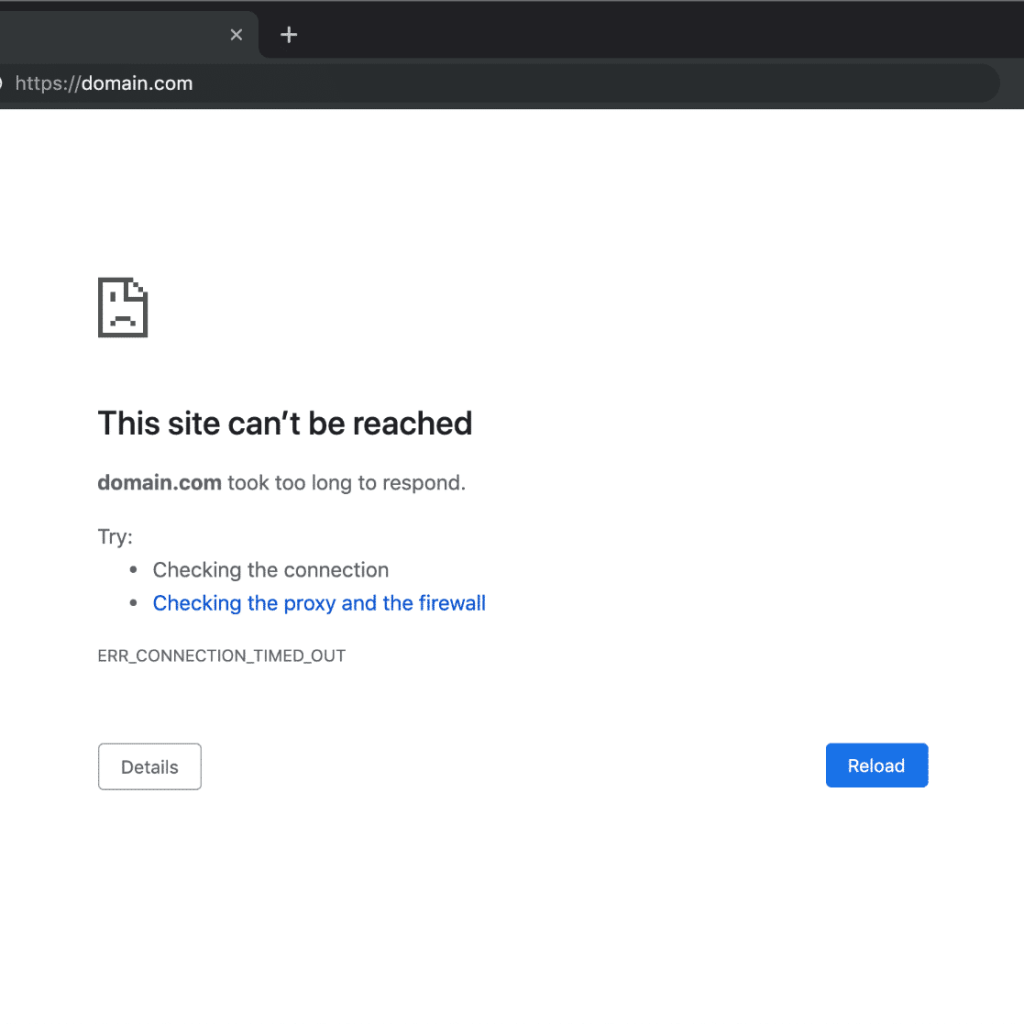
“Connection Timed Out” error is a common error that can occur on a WordPress website. It happens when the server fails to respond to a request in a timely manner.
This can happen for several reasons, including:
- Slow internet speed,
- Server overload,
- Exhausted PHP memory limit.
Fixes
Here are possible solutions to the Connection Timed Out error:
- Verify your internet connection to ensure that your internet connection is stable. Restarting your modem or router, or connecting to a different network.
- Disable VPN or proxy, if you are using one.
- Raise the timeout limit in the wp-config.php file if the server is taking too long to respond. Including the following code in the file: set_time_limit(300); This raises the timeout limit to 300 seconds, but you can change it as needed.
- Check for any errors in your website’s code and ensure that it is up to date.
- Remember to regularly optimize your website and keep an eye on server response times
5. Memory Exhausted Error
The “Memory Exhausted Error” is a common error message. This error message can be alarming. When WordPress runs out of memory, it cannot conduct the processes required to load a page. Hindering completing a requested action.
It can occur on a WordPress website when-
- The PHP memory limit has been exceeded.
- Large images or files
- Heavy traffic
- Inefficient code
Fixes
Here are some steps you can take to fix the Memory Exhausted Error:
- Increase the PHP memory limit in the wp-config.php file. You can add the following line of code to the file: define(‘WP_MEMORY_LIMIT’, ‘256M’);

This will increase the memory limit to 256MB, but you can adjust the value as needed.
- Deactivate plugins and/or switch to a default theme.
- Optimize your website to reduce memory usage. This includes compressing images, minimizing the number of HTTP requests, and enabling caching.
- Upgrade your hosting plan.
6. Database Connection Error
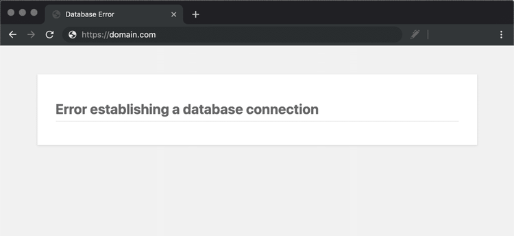
“WordPress Database Connection Error” occurs when WP is unable to connect to the database. During browsing, an error message that states “Problem Establishing a Database Connection” appears.
It can happen because of:
- Incorrect database credentials
- Corrupted WordPress files
- Incorrect database host
- The database server is down
- Insufficient memory allocation
- Database table issue
Fixes
Here are some possible fixes for this issue:
- Examine your wp-config.php file to confirm that the database name, username, and password are accurate.
- Replace the WordPress files with new ones from a fresh WordPress installation.
- Check that the database host is right in your wp-config.php file. Contact your web hosting provider if you are unsure about your database host.
- Check the status of your database server with your web hosting provider.
- Try adding a code to your wp-config.php file to increase the RAM limit.
- Try using a plugin like WP-DBManager to fix your database tables.
7. ERR_TOO_MANY_REDIRECTS
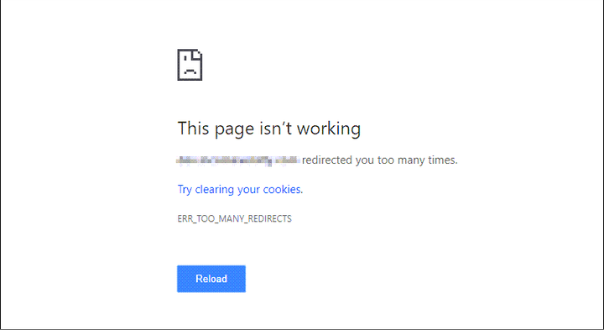
“ERR_TOO_MANY_REDIRECTS” is another common issue. It can occur when there are multiple redirection loops in a website.
Here are some possible reasons for this issue:
- Incorrect SSL and URL settings
- Improper server configuration
- Corrupted WordPress files
- DNS problems
Fixes
To fix redirect errors try these steps:
- Make sure that your SSL certificate is valid and installed correctly. You can also try disabling SSL temporarily to see if the issue is resolved.
- Examine your server settings to confirm that no faulty redirect rules are configured.
- Deactivate all plugins and then try again to access your website. If the problem has been resolved, you can activate each plugin one by one to see which one is causing the problem.
- Replace the WordPress files with new ones from a fresh WordPress installation.
- Clear out your DNS cache.
8. 404 Error

A “404 error” is a frequent error that happens when a user attempts to view a page on a website that does not exist.
A 404 error can occur for a variety of reasons, but the following are the most common:
- Wrong URL
- Pages that have been deleted or moved
- Server problems
Fixes
To resolve 404 problems, try the following steps:
- Check the URL, use plugins in case a page has been redirected.
- Check for broken links and fix them using a plugin like Broken Link Checker.
- Inspect the server and hosting.
9. WordPress RSS Feed Error
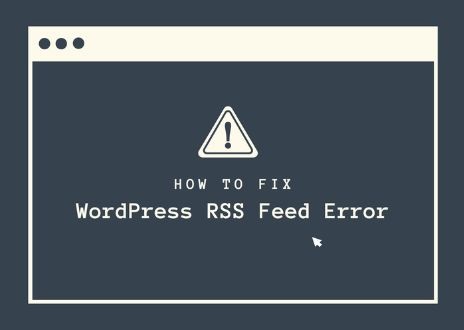
WordPress RSS feed is an important feature. It allows users to subscribe to your website’s content using RSS readers. However, there are some common errors that can occur with RSS feeds in WordPress.
This can happen due to-
- Incorrect URL
- Theme and Plugin conflicts
- Corrupt .htaccess file
- Malware or hacking
- FeedBurner errors
- Server misconfiguration
Fixes
The possible fixes for this issue include:
- Make sure that the URL is correct and does not contain any typos using the format http://yoursite.com/feed/.
- Try disabling your plugins one by one. As well as switching to a default WordPress theme to see if the error goes away.
- Try generating a new .htaccess file by going to Settings > Permalinks and clicking “Save Changes”.
- Make sure that your site is secure by using strong passwords. Also, update WordPress regularly, and use security plugins.
- If you are using FeedBurner to manage your RSS feed, make sure that your FeedBurner account is active.
- Install the Fix My Feed RSS Repair plugin & activate it. After activation go to Tools » RSS Feed Fix page & click on the ‘Fix Feed’ button, that’s all.
10. WordPress Not Sending Email
This error can result when WordPress fails to send email notifications. It is because of:
- MX record issues.
- Limitation of module used for sending emails
Fixes
To fix this issue, you can try the following solutions:
- Use a third-party email service such as Gmail, SendGrid, or Amazon SES.
- Use plugins like WP Mail SMTP, Easy WP SMTP, and Post SMTP.
- Contact your hosting provider to see if they are willing to increase the email-sending limit on your server.
11. Briefly Unavailable for Scheduled Maintenance

Sometimes, WordPress gets stuck in maintenance mode after an update.
Fixes
- Delete the .maintenance file in your WordPress root directory.
12. Sidebar Below Content Error
Occurs due to incorrect HTML or CSS.
Fixes
- Validate your theme’s HTML and CSS. Ensure proper closing of div tags. This error can also result from incompatible themes and plugins.
- Test your site with the default theme and check if the issue persists. If it does, consider consulting a developer for advanced troubleshooting.
13. White Text and Missing Buttons in the Visual Editor
This can be caused by JavaScript issues or plugin conflicts. Outdated versions can sometimes cause conflicts with newer plugins and themes.
Fixes
- Ensure that you are using the latest version of WordPress.
- check for JavaScript errors in your browser’s console. Clear your browser cache.
- Replace TinyMCE scripts and deactivate all plugins.
14. Upload: Failed to Write File to Disk
Caused by incorrect folder permissions.
Fixes
- Change the permissions of the wp-content/uploads folder to 755 or 775.
15. Image Upload Issues
Sometimes images fail to upload properly.
Fixes
- Check folder permissions.
- Rename the image file.
- Disable conflicting plugins.
- Large image files can also cause upload issues. Try resizing your images before uploading them.
- Optimize images using plugins to reduce their size without losing quality.
16. Missing a Temporary Folder
Occurs when WordPress cannot find a temporary folder for uploads.
Fixes
- Add the following line to your wp-config.php file
define('WP_TEMP_DIR', dirname(__FILE__) . '/wp-content/temp/');
17. Failed Auto-Upgrade
Sometimes WordPress fails to upgrade automatically.
Fixes
- Manually update WordPress via FTP/Cpanel.
18. PHP Errors or Warnings Displayed on the Site
These can be annoying for visitors.
Fixes
- Disable error reporting by adding the following code to wp-config.php
// Enable WP_DEBUG mode
define( 'WP_DEBUG', true );- Regularly update your PHP version to the latest supported release.
- Consult with your hosting provider if you are unsure how to update PHP.
19. 404 Error on WordPress Posts
Usually occurs due to permalink structure issues.
Fixes
- Re-save your permalinks in Settings > Permalinks
- Ensure that your .htaccess file is writable by WordPress
- If you are using a custom permalink structure, double-check the format and correct any mistakes.
20. Failed to Load Resource – The server Responded with a 404 Error
Occurs when files are missing from your server.
Fixes
- Ensure all files are uploaded correctly, and check your theme and plugin files.
To Sum Up
WordPress errors can be frustrating for website owners and visitors alike. Having a clear idea of what you can do to fix the problem can make this look less daunting.
So next time your WP site shows you an error message, hope this article will come handy. For ongoing issues, consider reaching out to a professional for assistance. Regular maintenance and updates are key to preventing many of these common problems. Feel free to contact us for expert help!
Don’t forget to check this ultimate guide for WP speed optimization here!

